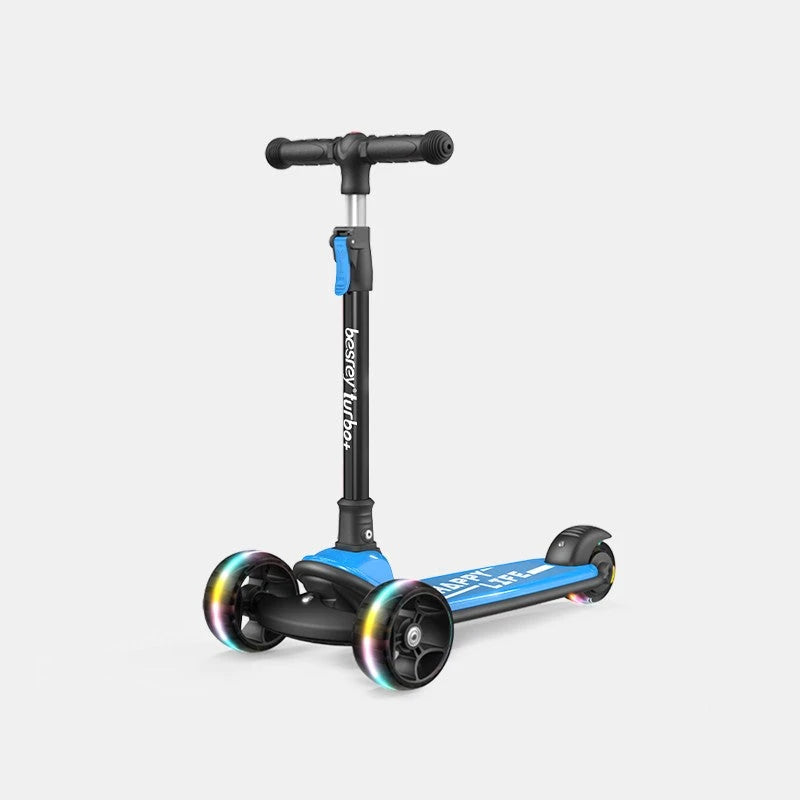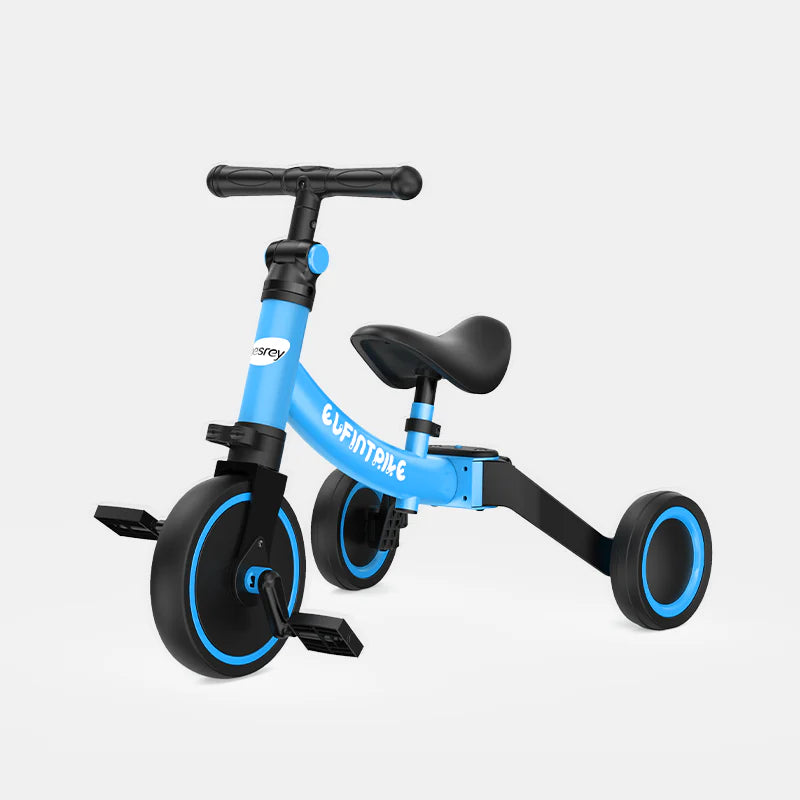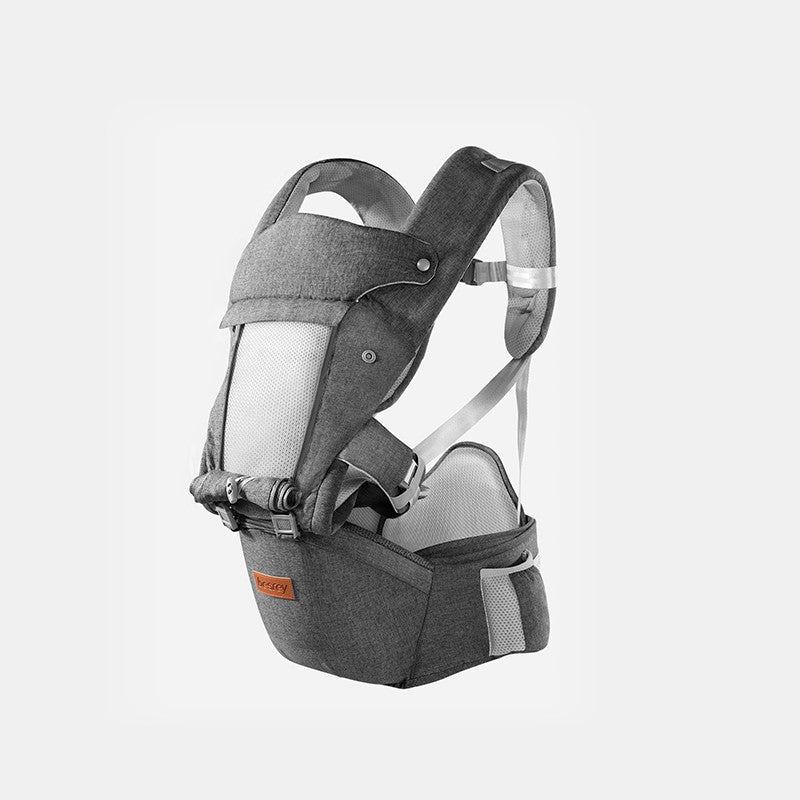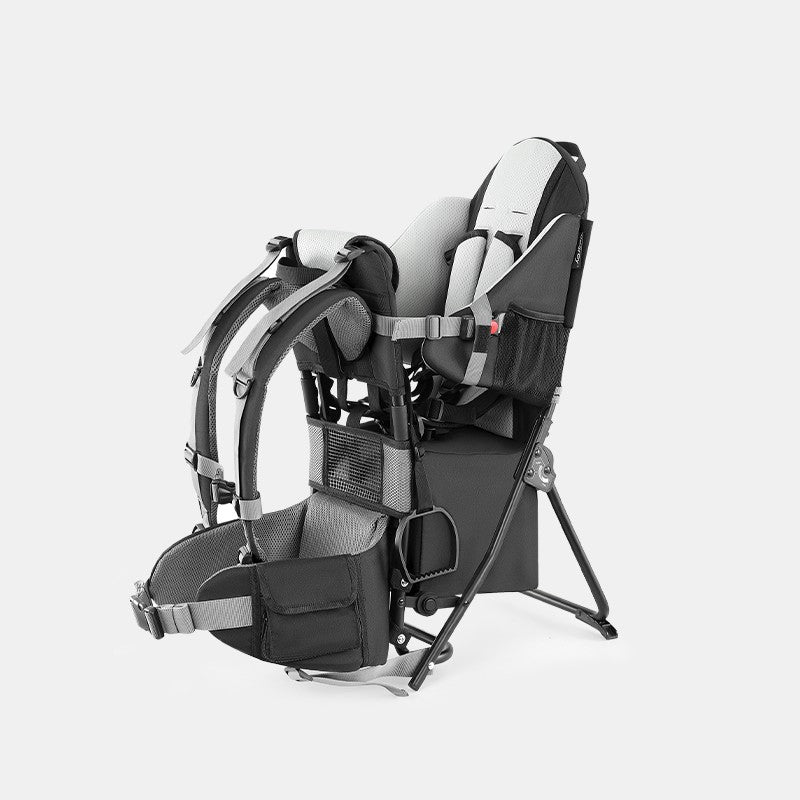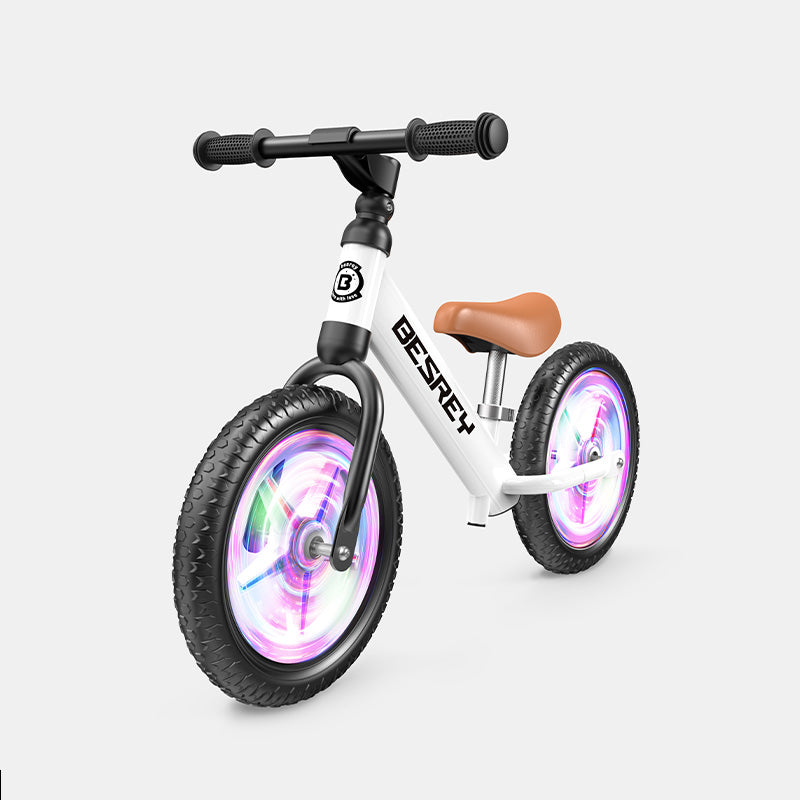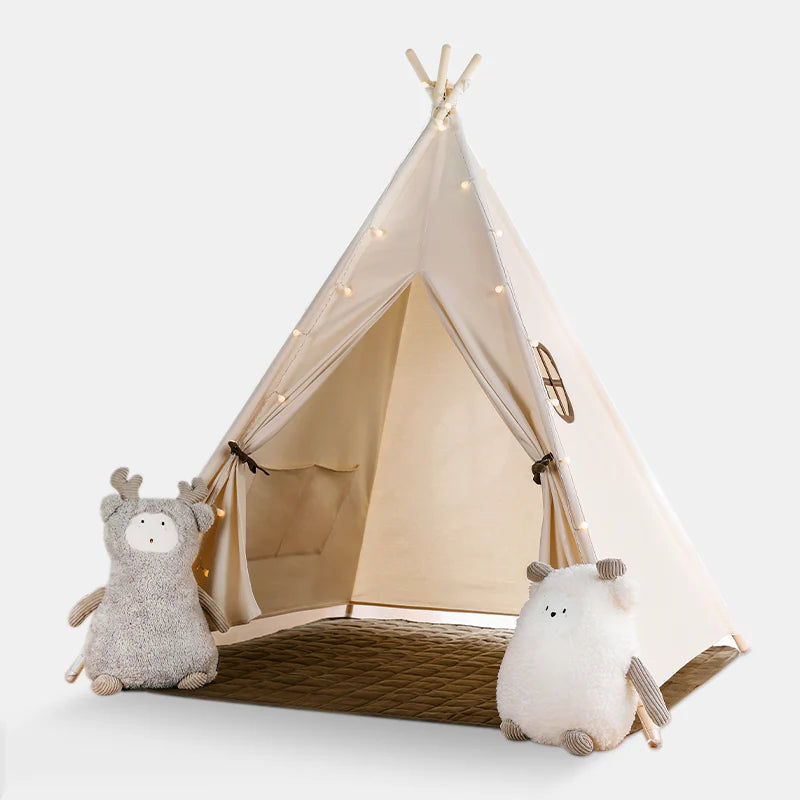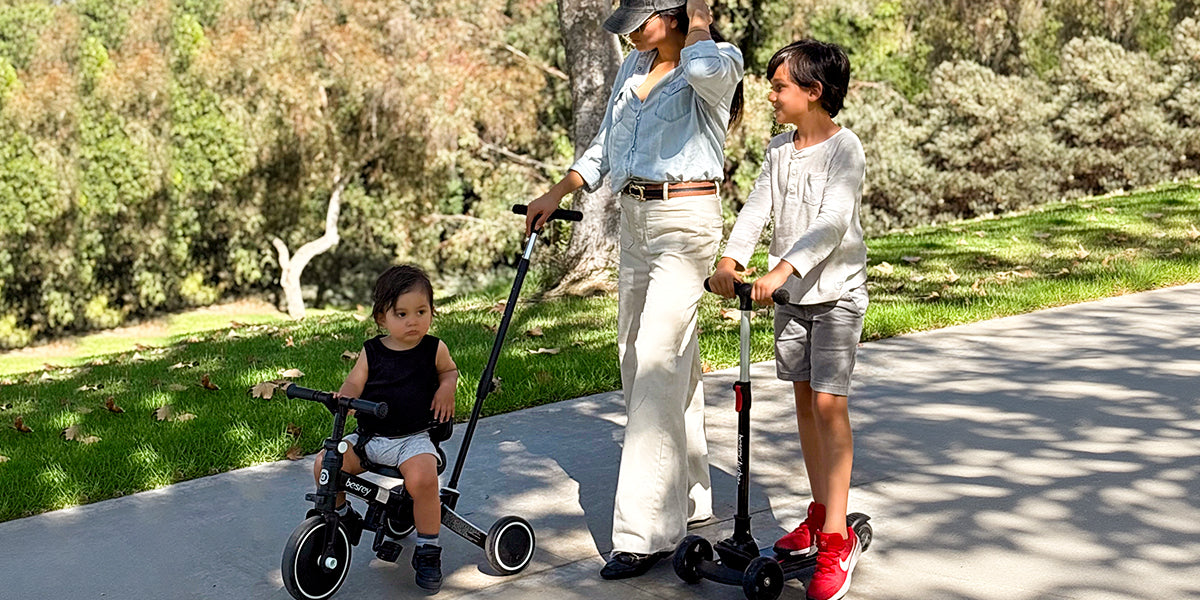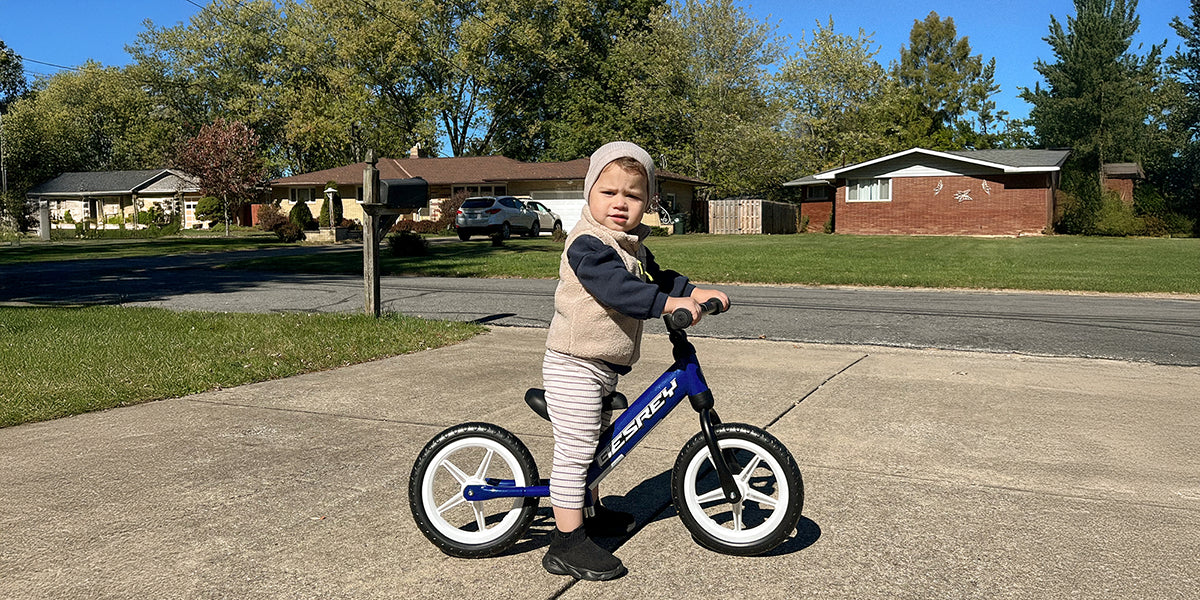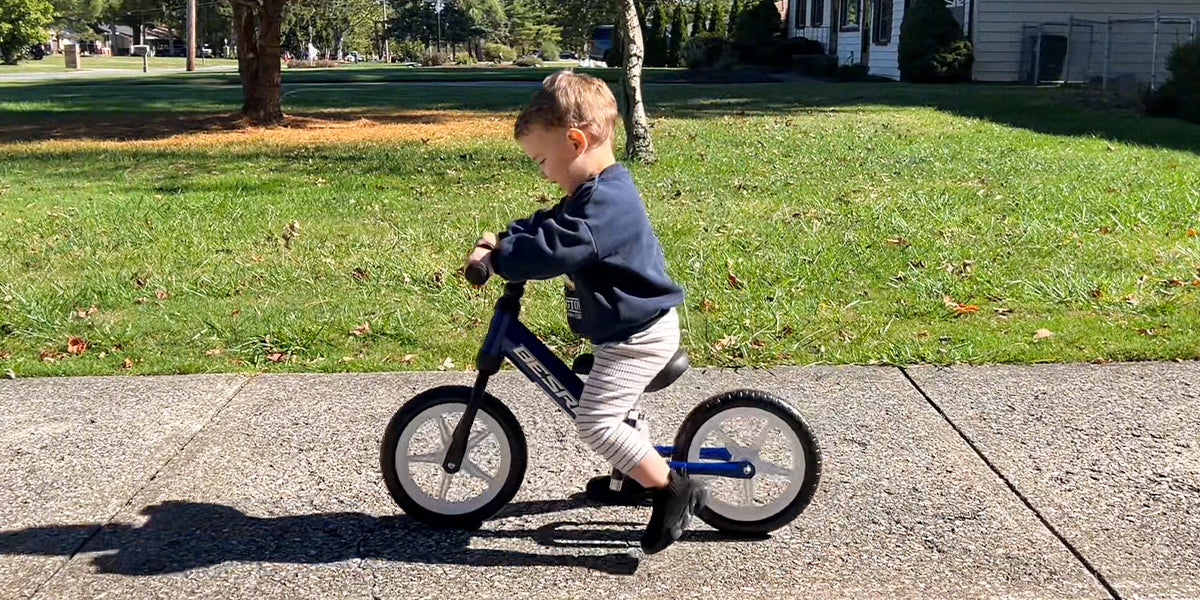Besrey - Oct 28 2025
Flammability Testing and Safety Standards for Baby Products

Parents spend a lot of time choosing clothes and gear that feel soft, cozy, and safe. What many parents don’t realize is that every baby sleeper, blanket, or cushion has gone through careful review to make sure it’s also fire resistant. Flammability testing is part of that process, and while the rules may sound technical, the goal is simple: to keep children safe from burn injuries.
Why Flammability Testing Exists
The United States began regulating fabric flammability in the 1950s under the Flammable Fabrics Act. Over the years, that law and additional rules from the Consumer Product Safety Commission have been refined to protect children, especially when it comes to sleepwear. Garments made for babies and young children must pass strict tests that measure how easily the fabric ignites and how quickly it burns.
These rules apply to sizes 0 through 6X and up to size 14. The testing ensures that a small flame, such as from a match or candle, does not spread quickly across the fabric. If a material catches fire, it must self-extinguish almost immediately. This protects children from serious burns and gives parents time to respond in emergencies.
What Products Are Tested
Children’s sleepwear is the most tightly regulated category because children spend long hours in these garments and are often near soft furnishings that can fuel a fire. Flammability tests for sleepwear are detailed in federal regulations known as 16 C.F.R. parts 1615 and 1616.
Not every baby garment goes through the same level of testing. Items that are tight fitting, such as rib-knit pajamas or onesies, are less likely to catch fire and are treated differently under the law. Loose garments, however, are required to meet higher flame resistance standards.
Other baby items that contain foam or textiles, such as play mats, nursing pillows, and strollers, used to have similar requirements. Research later showed that many of these products posed very low fire risk, so the CPSC removed or relaxed certain standards. This shift also reduced the need for flame-retardant chemicals, which have raised health concerns over time.
How Testing Works
Flammability testing looks at how a fabric behaves when exposed to a small flame. Laboratories perform what is called a vertical flame test, following procedures from organizations such as ASTM International. Fabrics are pre-washed, dried, and conditioned to simulate real use before they are tested.
A sample is held vertically and exposed to an open flame for a few seconds. Testers record whether the fabric ignites, how fast it burns, and whether it continues to burn after the flame is removed. If the material meets the required limits, it passes. If not, the manufacturer must reformulate or redesign the product.
Clothing that passes testing will often include a label stating that it complies with federal flammability standards. Some brands also highlight when their products are free of added flame-retardant chemicals, which helps parents make informed choices.
What It Means for Parents
When you shop for baby clothing, especially sleepwear, look for clear labels that show compliance with CPSC flammability standards. Tight-fitting cotton pajamas are often naturally safer than loose synthetics because they do not flare up as easily. Avoid altering garments with decorative trims or ribbons that can change how the fabric burns.
For larger baby gear, choose products from reputable brands that share their safety information openly. Many companies now design flame-resistant products without chemical treatments, balancing safety and healthier materials. All of our products are in compliance with flammability standards.
When you’re buying baby clothes or gear, those safety labels can seem easy to overlook, but they matter. Each one represents testing, oversight, and a focus on protecting children from preventable harm.

